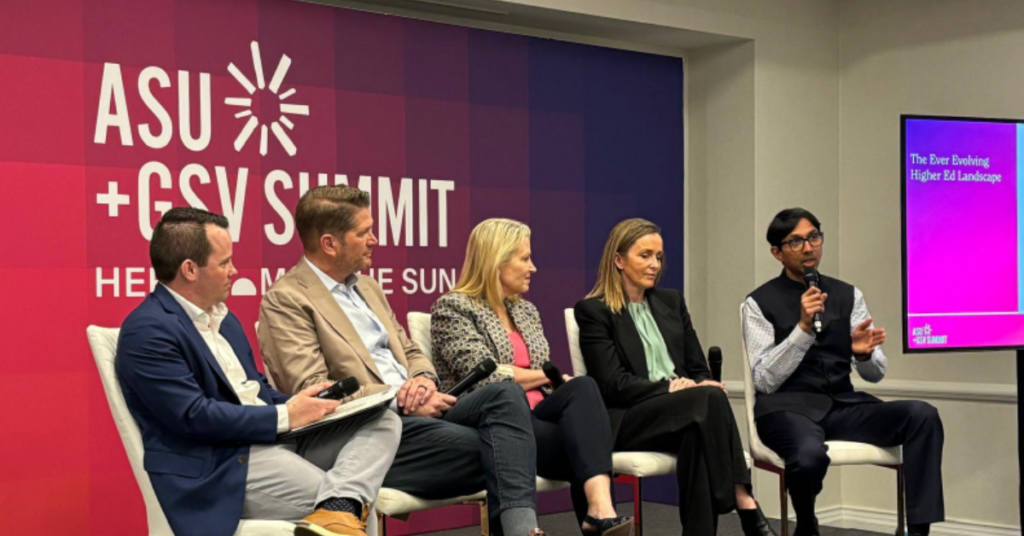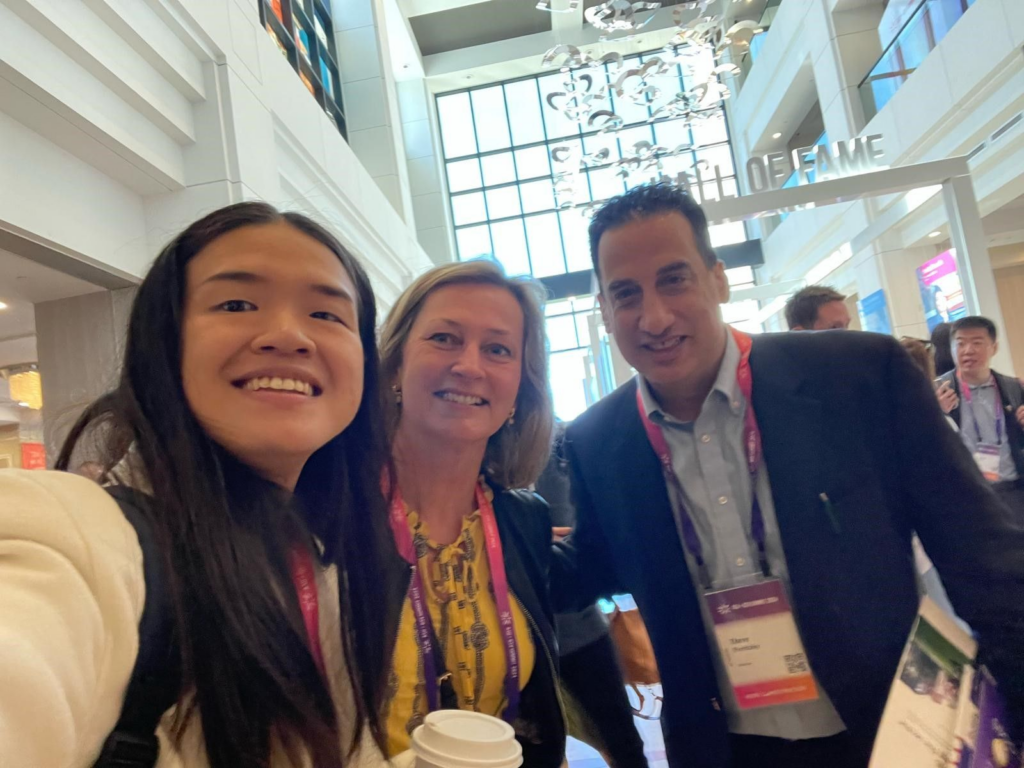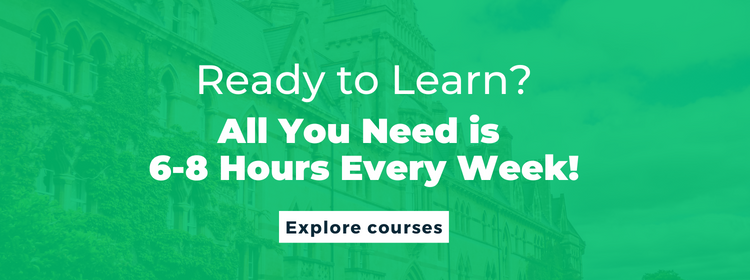Insights From ASU GSV Summit 2024: Shaping the Future of Education and Workforce Development

- 1. Moving From Degree-Centric to Skills-First Hiring
- 2. How AI is Personalizing Learning Experiences
- 3. Expanding Horizons to Include Non-Traditional Learning Pathways
- 4. Power Skills, The New Favorite Skill Set on the Horizon
- 5. Why Building Inclusive Educational Ecosystems is the Need of the Hour
Since its establishment in 2010, the ASU+GSV Summit has emerged as a guiding light for innovation and partnership in the field of education and workforce advancement. Founded by Michael Moe and Deborah Quazzo, this annual assembly has grown into a global force, drawing leaders and pioneers from all realms of education, spanning from early childhood to lifelong learning. In the 1900s, the higher education student population stood at 500,000, but today, it has skyrocketed to 245 million, with projections indicating a surge to 414 million by 2030. This surge underscores the profound transformation underway, fueled by the adoption of AI-driven education and work landscapes, reshaping the demands of the future workforce.
Reflecting on my participation in the ASU+GSV Summit 2024, I’m struck by the seismic shifts and groundbreaking trends molding the future of learning and skill development.
1. Moving From Degree-Centric to Skills-First Hiring
One of the most prominent themes at the ASU+GSV Summit 2024 was the shift toward a skills-first approach in hiring practices. In addition, traditional degree-centric criteria are being reevaluated in favor of practical, applicable skills. Companies like Google and IBM are leading this charge, recognizing the value of diverse talent pools enriched by individuals with relevant skills and practical experience. In fact, by focusing on skills and capabilities rather than degrees, organizations are aligning themselves more closely with the demands of the digital economy while fostering inclusivity and diversity in their workforce.

2. How AI is Personalizing Learning Experiences
Artificial intelligence continues to revolutionize education by enabling personalized learning experiences. AI-powered tools are now capable of tailoring educational content to the individual needs of learners, creating adaptive pathways that respond dynamically to performance and engagement. Additionally, an example of this was presented by Coursera, which has integrated AI to help guide student learning paths based on their progress and areas of strength and weakness. By harnessing the power of AI, educators are transforming education into a more personalized, effective, and engaging experience for learners of all backgrounds.
3. Expanding Horizons to Include Non-Traditional Learning Pathways
The ASU+GSV Summit 2024 also emphasized the importance of expanding educational opportunities beyond traditional academic settings. Initiatives like “Futurescape” are instrumental in introducing young students to diverse career options through interactive digital experiences. By exposing students to a myriad of career possibilities at an early age, these programs empower them to make informed decisions about their futures. This focus on non-traditional learning pathways is crucial for bridging the gap between education and employment, particularly in underserved communities.

4. Power Skills, The New Favorite Skill Set on the Horizon
In today’s dynamic work environment, employers are placing increasing importance on power skills such as critical thinking, teamwork, and problem-solving. Technical proficiency alone is no longer sufficient; organizations seek employees who can thrive in collaborative settings and drive innovation. In fact, companies like Salesforce are integrating soft skills training alongside technical education, recognizing the value of a well-rounded skill set in driving success. By equipping individuals with both technical and interpersonal skills, organizations are poised to meet the challenges of tomorrow head-on.
5. Why Building Inclusive Educational Ecosystems is the Need of the Hour
Collaboration emerged as a cornerstone of innovation in education and workforce development at the ASU+GSV Summit 2024. Partnerships between academia, industry, and technology are essential for creating comprehensive and inclusive educational solutions. Now, the collaboration between ASU and Salesforce, for instance, aims to create continuous learning pathways that are relevant and responsive to the needs of the economy. By leveraging the expertise and resources of diverse stakeholders, educational institutions can ensure that their programs remain cutting-edge and aligned with real-world demands.
As I depart from the ASU+GSV Summit 2024, I am filled with optimism and excitement for the future of education and workforce development. In addition, the insights and trends discussed at the summit underscore the transformative potential of innovative approaches and collaborative partnerships in shaping a more inclusive and equitable future for all.







